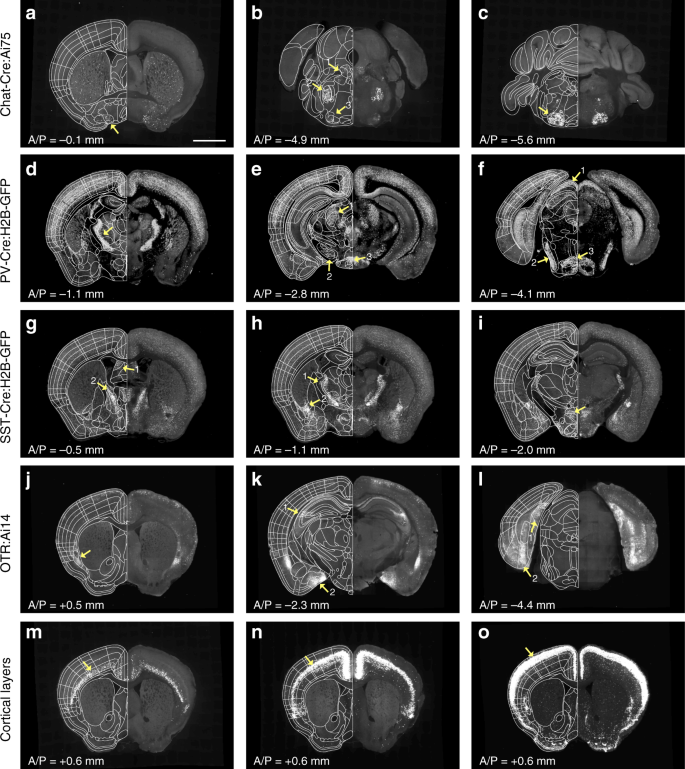

In many areas of service to trauma survivors, that historically understandable but mistaken view prevails to this day. Until recently, health professionals have regarded the amygdala’s frequent false alarms (e.g., hypervigilance) as a manageable but irreversible consequence of trauma (“once traumatically encoded, always traumatically encoded”). More often than not, though, the resemblance of our present circumstance to a past misfortune turns out to be superficial, and our warning jolt is a false alarm, sometimes quite a debilitating one. No problem when danger actually is imminent. Amygdala Hijack: Fear due to optical stimulusĮndlessly vigilant, the amygdala can signal danger in response to our most fleeting perception or fractional memory of a prior trauma by giving us an emotional jolt. It’s “normal,” because it represents the standard, although rather primitive way the amygdala alerts us to potential threats by noting the similarity of some element of our current environment to one or more “traumatically encoded” past experiences. This is the mechanism of post-traumatic stress disorder (PTSD). The problem is that, long after a threatening or traumatic incident has passed, the amygdala can remain painfully sensitive and reactive, not only to our occasional memory of that prior trauma, but to anything that even remotely resembles it, whether truly dangerous or not. The amygdala in control renders us entirely unfit for anything but an immediate and urgent struggle to return to safety and comfort.

Its purpose is to create an emotional state of alarm, and trigger the fight or flight response needed for our survival. When we’re confronted with danger, it cuts in and abruptly “hijacks” (neurochemically quiets) our more mindful hippocampus. The amygdala, part of our limbic system, heads our emergency response team. Then, our inner alarm goes off our wise and thoughtful hippocampus and other analytic brain parts get overruled, and the amygdala takes over. Knowingly or unknowingly, we may be reminded of a previous threatening situation, loss or injury. On the other hand, sometimes there is, or we think there may be, a serious threat to our wellbeing or that of a loved one. The hippocampus and pre-frontal cortex (PFC) allow us to be our most intelligent, analytic “best self.” They govern the mental outlook in which we most safely and comfortably live, work and play. We use that particular area of the brain when we deal with situations thoughtfully and rationally. Ordinarily, that is, when we’re fully functional and feeling fine, with no apparent threat to our comfort or well-being, we often say the hippocampus is in control.


 0 kommentar(er)
0 kommentar(er)
